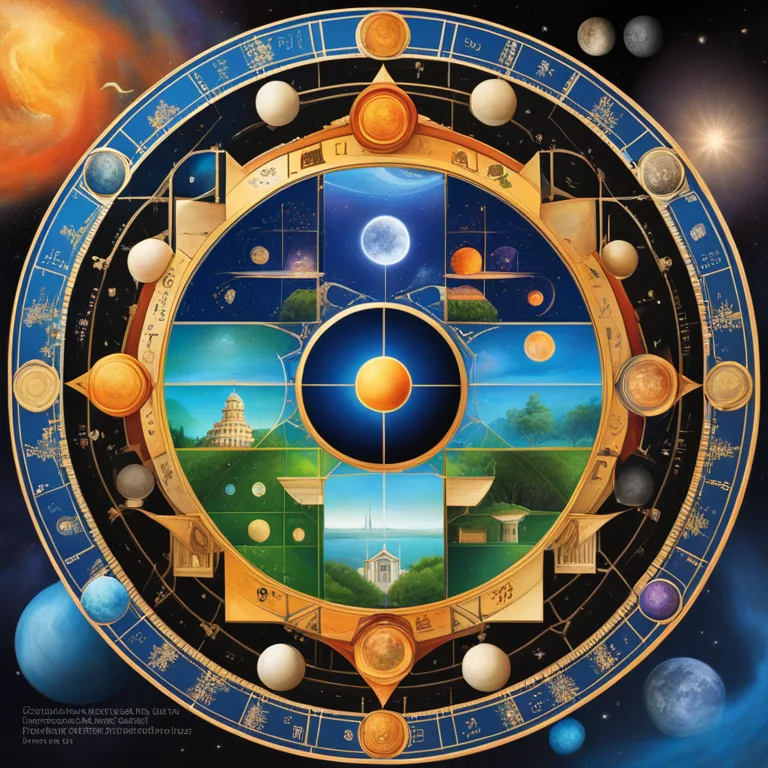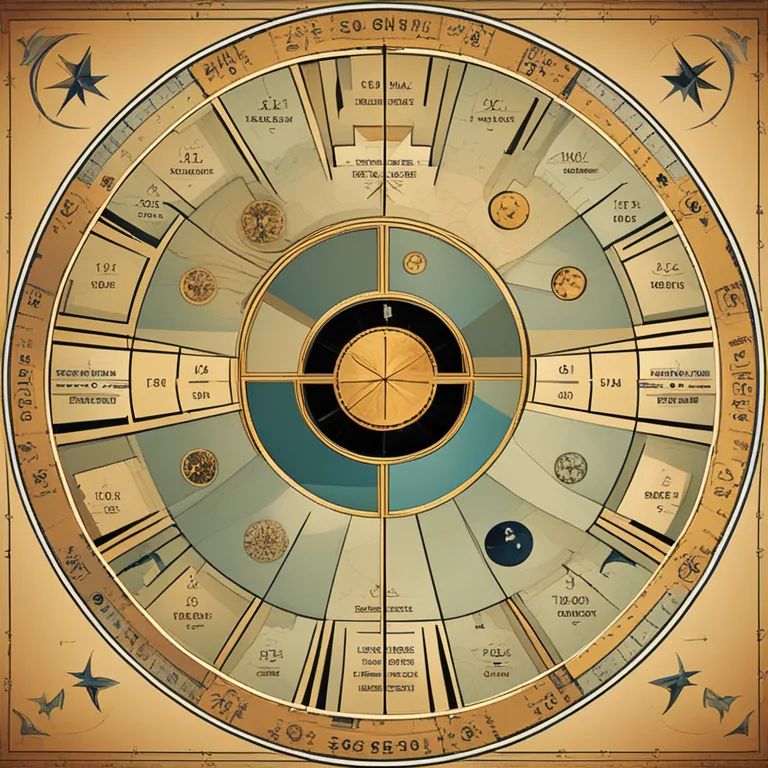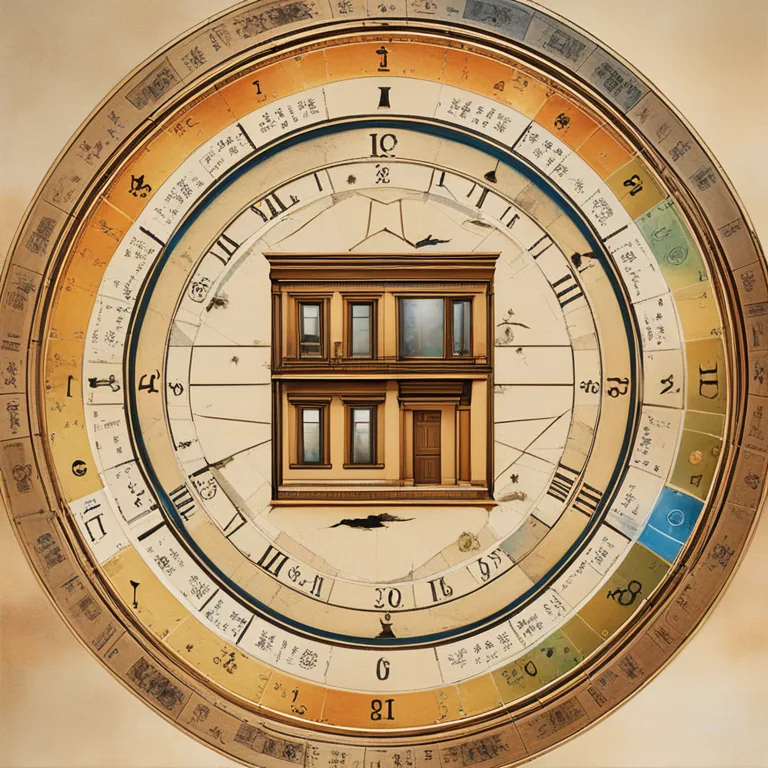
Astrology Houses Shift: Truth or Myth?
Delve into the dynamic nature of astrology houses and their shifts over time, influencing personalized horoscopes and charts.
article by Priya Deshmukh
Introduction to Astrology Houses
Astrology has long been a guide for understanding personality, destiny, and life cycles through celestial patterns. Central to astrological readings are the twelve houses, each representing a sphere of human life experience. From personal identity to relationships, career, and beyond, each house holds significant meanings, influenced by the planets that transit through them. But a question arises among astrology enthusiasts: do these houses change? This article examines the dynamic aspect of astrology houses and their potential shifts that affect individual horoscopes beyond 2024.

The Basic Structure of Astrology Houses
Before we can understand changes, we must grasp the basics. The astrological houses are segments of the sky that the ascendant and midheaven axes divide into twelve equal parts. Each house represents various areas of life, and their significations are deep-rooted in ancient astrological lore. When astrologers cast a natal chart, the positions of the houses are determined by the time and place of birth, with the first house cusp being the ascendant or rising sign. This placement is pivotal as it sets the stage for the rest of the houses.

Do They Change or Stay Fixed?
Astrology houses are not fixed in the sky like constellations; they shift in relation to the Earth's rotation. This is why the precise time and location of birth are crucial for accurate readings. The houses progress throughout the day, making each person's chart unique. Beyond the daily rotation, a technique called "secondary progression" shows an individual’s personal development and growth by moving the natal chart forward one day for each year of life, signifying subtle changes in house influences over time.

Considering the Zodiac Signs
In house determination, zodiac signs play a pivotal role as well. Each house can contain an entire zodiac sign, but sometimes a sign spans across two houses. This division depends on the birth chart system used and personalizes the horoscope further. Changes in dominant house energies can therefore occur as a person experiences different phases of life, factoring in the transiting planets through the signs that govern the houses.

System Variations and House Shifts
Different astrological systems—Placidus, Koch, Whole Sign, to name a few—calculate houses differently. Most systems consider the changes in the Earth’s tilt and orientation (precession), except the sidereal system, which accounts for the fixed zodiac based on fixed stars. Hence, slight variances could lead to house cusp shifts over extensive periods, adding layers of interpretation and forecasting for the years 2024 and onward.
The Impact of Transits and Progressions
Astrologers also look at the transits of planets and the progression of chart points, which can accentuate or diminish the characteristics of houses in a natal chart. For example, Saturn’s 2024 transit might activate challenges or offer structure in a particular house area. As these transits occur, they can signify changes in life themes represented by that house, impacting an individual's life journey at that time and influencing future horoscopes.
Conclusion: Constant Evolution
In conclusion, while the houses themselves are a constant feature in astrology, their contents and the energies they express are indeed subject to change. Birth time sets a personal celestial framework, but as we move through life, progression and transit shift our house focus. Understanding these changes in houses can deepen one’s self-awareness and provide guidance for future events, making astrology a tool for personal evolution and anticipation for 2024 and beyond.
Published: 12/19/2023
Modified: 12/19/2023
More predictions
Come back here soon to learn more about yourself and your future



